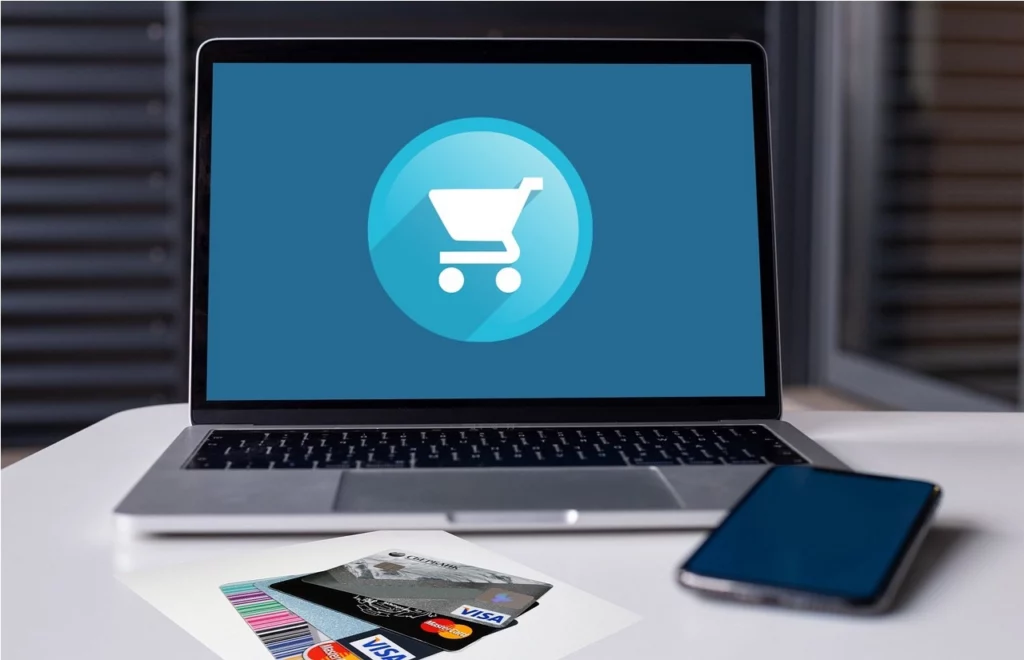For the average traveler, plane flights and airports aren’t much fun. The travel experience comes with heavy lifting, anxious waiting, and stressed customer service representatives. The last thing anyone needs after surviving the baggage claim hustle is to stand in another long line at the car rental desk. Rental car companies compete for customers’ attention on much more than price. In its 20th year, the 2015 North America Rental Car Satisfaction Study ranked pick-up and return processes as the second and third most important factors in determining customer satisfaction (after cost and fees).
The rental car pick-up and return processes are particularly painful for customers, and collectively represent a great opportunity for rental agencies to use technology to streamline and speed up transactions. In 2014, JD Power clocked the average wait time at an average of 43.4 minutes. Using advanced scanning solutions, data entry time at pick-up can be reduced significantly. When deployed at customer service desks and self-service kiosks, ID scanning technology captures data from drivers’ licenses and passports, auto-populating digital forms and databases. This cuts down on customer and agent input errors and eliminates the need for cumbersome paper forms. Scanning solutions recognize IDs from all 50 states and 90 different countries, a significant benefit in an era of unprecedented global travel. In addition, these scanning solutions authenticate IDs instantaneously via connections to third party databases, thereby reducing fraud (and again reducing transaction time).
Reducing the time required for routine transactions means shorter lines at rental agencies, and the ability to process more rentals per day, both of which lead to competitive advantage. Considering that an agency can complete as many as 400 transactions per day, even shaving two minutes off each interaction (results documented at agency in international airport) adds up to more than 13 hours saved. Taking pressure off overworked desk agents leaves more time and energy for pleasant customer interactions and better handling of exceptional cases, which in turn boosts overall customer satisfaction ratings. Having scanning and self-service technology in place supports better agent performance, which can make wait times appear shorter: studies have shown customers who are greeted with a smile perceive their wait time as being almost 10 minutes shorter than those not greeted with a smile.
The Millennial demographic (born 1980-2000) spends increasing amounts of time and money on travel, for both business and pleasure, and their preferences have greater influence on agencies’ approach. Millennials are a close second to Boomers in overall rental business (34 percent vs 40 percent) and to Gen X in business travel (39 percent vs 43 percent). But far more Millennials (47 percent) post online reviews than Gen Xers (27 percent) or Boomers (10 percent). They’re much more likely to post positive than negative reviews, and they teach other generations about using technology to make life easier. So, if rental agencies can provide an optimal customer service experience to these travelers, they win free marketing, word-of-mouth referrals, and a large following of loyal customers. There are 80 million potential customers in the Millennial demo, and by next year, they will outspend Boomers. As they age into full career and family mode, their spending will continue to increase.
Millennials have shown a strong preference for self-service options (think online transactions, keyless hotel entry, remote check-in, lobby kiosks) and as these options become more widespread in airports, hotels, and even restaurants and shops, customers will come to expect them and be annoyed when they are not available. Scanning and self-service solutions also address many challenges (other than long lines of grumpy customers) faced by rental agencies: fraud, language barriers, input errors, staff and space constraints (kiosks can replace agents and desks), and integrated consumer data collection for marketing and loyalty programs.
Simple steps towards streamlining transactions with technology solutions can have a cumulative impact that simultaneously makes for happier customers and more efficient operations. And everybody likes a good win-win story.




Comments are closed.